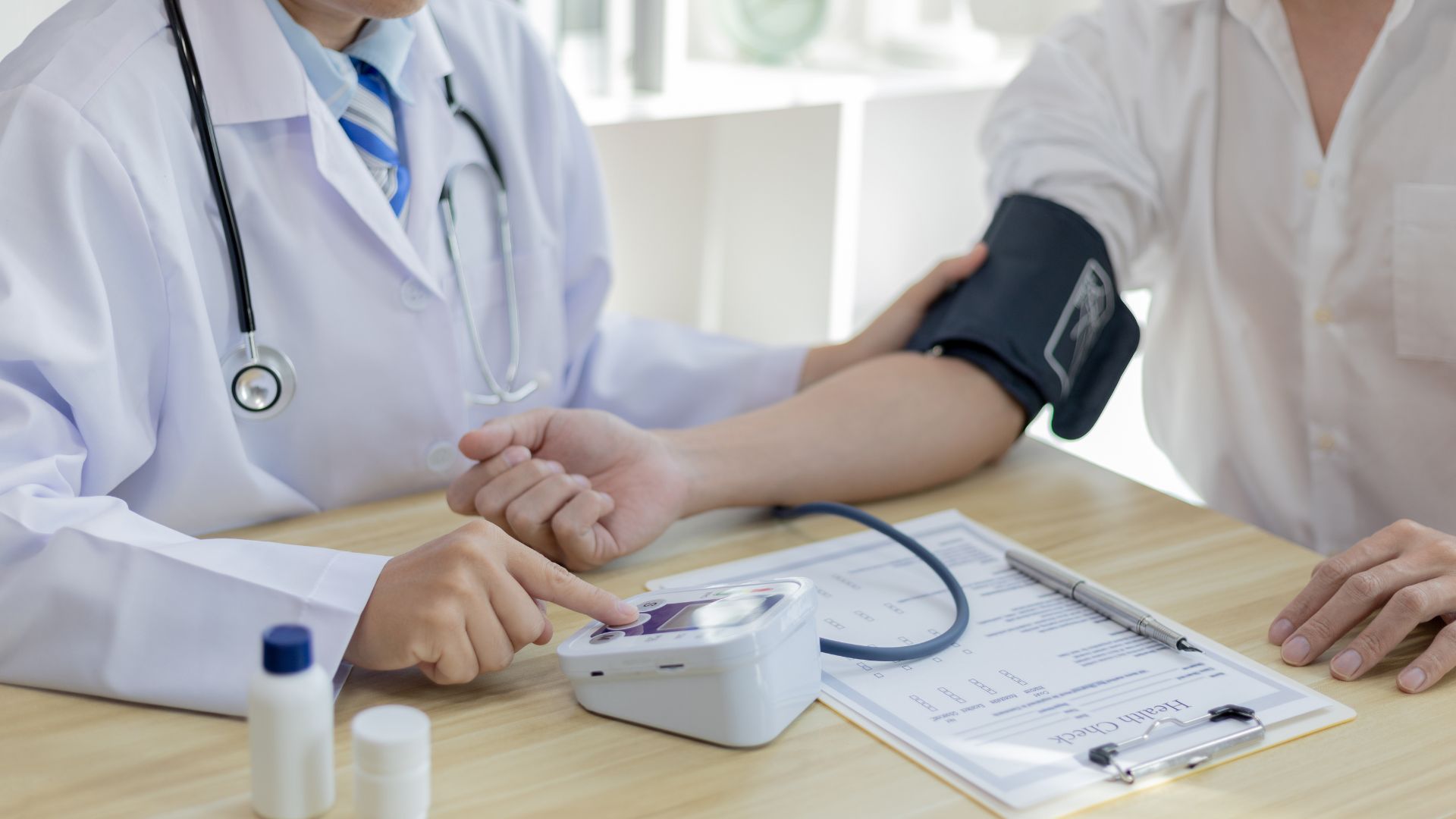When we talk about the treatment of oncological diseases, we are dealing with one of the most complex and pressing issues of modern times. After the diagnosis of malignant neoplasms and the performance of surgical operations, medication therapy, and radiation therapy, the most lengthy and intricate stage begins – rehabilitation. During this stage, patients undergo a program of recovery and support for their bodies, including psychological and social assistance. An individual complex of measures is developed with the goal of helping individuals who have encountered a serious illness to return to a normal life within their social environment.
Support for patients with different prognoses
Rehabilitation for oncological diseases varies depending on the prognosis of the disease. The primary approaches to rehabilitating patients with different clinical scenarios are as follows:
1. Patients with favorable prognoses
This group includes patients in whom cancer was detected at an early stage. Early diagnosis provides excellent chances of recovery. Typically, in such cases, gentle treatment that preserves affected organs is used.
The individual rehabilitation program includes:
- Personalized nutrition program.
- Regular medical check-ups.
- Treatment of chronic illnesses.
- Psychological rehabilitation.
- Physical recovery.
- Physical therapy.
2. Patients with complex disease progression
Patients with oncological diseases at the third stage often require surgical intervention and intensive treatment. Preparation for radiotherapy and chemotherapy, as well as procedures to enhance tissue regeneration, play a vital role at this stage.
A comprehensive care program at this stage includes:
- Recovery period, lasting 1-2 months, aimed at addressing the consequences of invasive treatment and radiotherapy and chemotherapy.
- Anti-recurrence phase, involving measures to prevent the recurrence of cancer and the adaptation of patients to new living conditions.
3. Patients with unfavorable prognoses:
At the fourth stage of oncological disease, when the disease is rapidly progressing and metastasizing, medical interventions are aimed at slowing down the tumor process. The program includes palliative chemotherapy and radiation therapy, photodynamic therapy, surgical procedures, and pain management.
Principles of rehabilitation therapy
Key principles underpin successful rehabilitation after cancer, regardless of the stage and nature of the disease. Here are some of the critical principles of rehabilitation therapy:
- Timeliness and continuity of treatment: It is essential to begin rehabilitation as soon as possible after active cancer treatment ends. This helps minimize negative consequences and ensures better predictability of results. Consistently following the rehabilitation program also guarantees stable progress in recovery.
- Comprehensive approach tailored to individual patient needs: Each patient is unique, and their rehabilitation needs can vary significantly. The approach to rehabilitation should be comprehensive and tailored to the specific patient, encompassing physical, psychological, social, and medical support according to the patient’s needs and disease stage.
- Development of an individual rehabilitation program: Creating a personalized rehabilitation program for each patient is a crucial aspect. This program should consider the nature of the disease, its stage of development, the patient’s physical condition, and their psychological readiness. A personalized rehabilitation program optimizes the recovery process and yields the best results.
Physical rehabilitation and breathing exercises
Physical activity plays a vital role in the recovery of cancer patients. It helps strengthen physical health and improves emotional well-being and motivation for recovery. Even in complex cases, patients can lead a full and fulfilling life.
Key aspects of physical rehabilitation include:
Improving physical fitness: Physical exercises such as cardiovascular workouts (fast walking, swimming, cycling) and strength training with dumbbells or resistance bands help restore physical fitness, increase endurance, and strengthen muscles.
- Flexibility and balance: Yoga and stretching exercises contribute to increased flexibility and improved balance. This helps reduce the risk of falls and injuries.
- Physiotherapy: Physiotherapists develop personalized exercise programs to address specific post-treatment issues, such as muscle weakness, joint stiffness, or mobility limitations.
- Breathing exercises also play a vital role in physical rehabilitation. They help improve lung ventilation, increase oxygen consumption, and facilitate breathing, which is particularly important for patients who have undergone surgery and radiation therapy.
Rehabilitation after cancer is a complex and individual process that requires timeliness, a comprehensive approach, and a personalized program based on the nature and stage of the disease. Physical rehabilitation and breathing exercises play a significant role in helping patients return to a full and active life.








